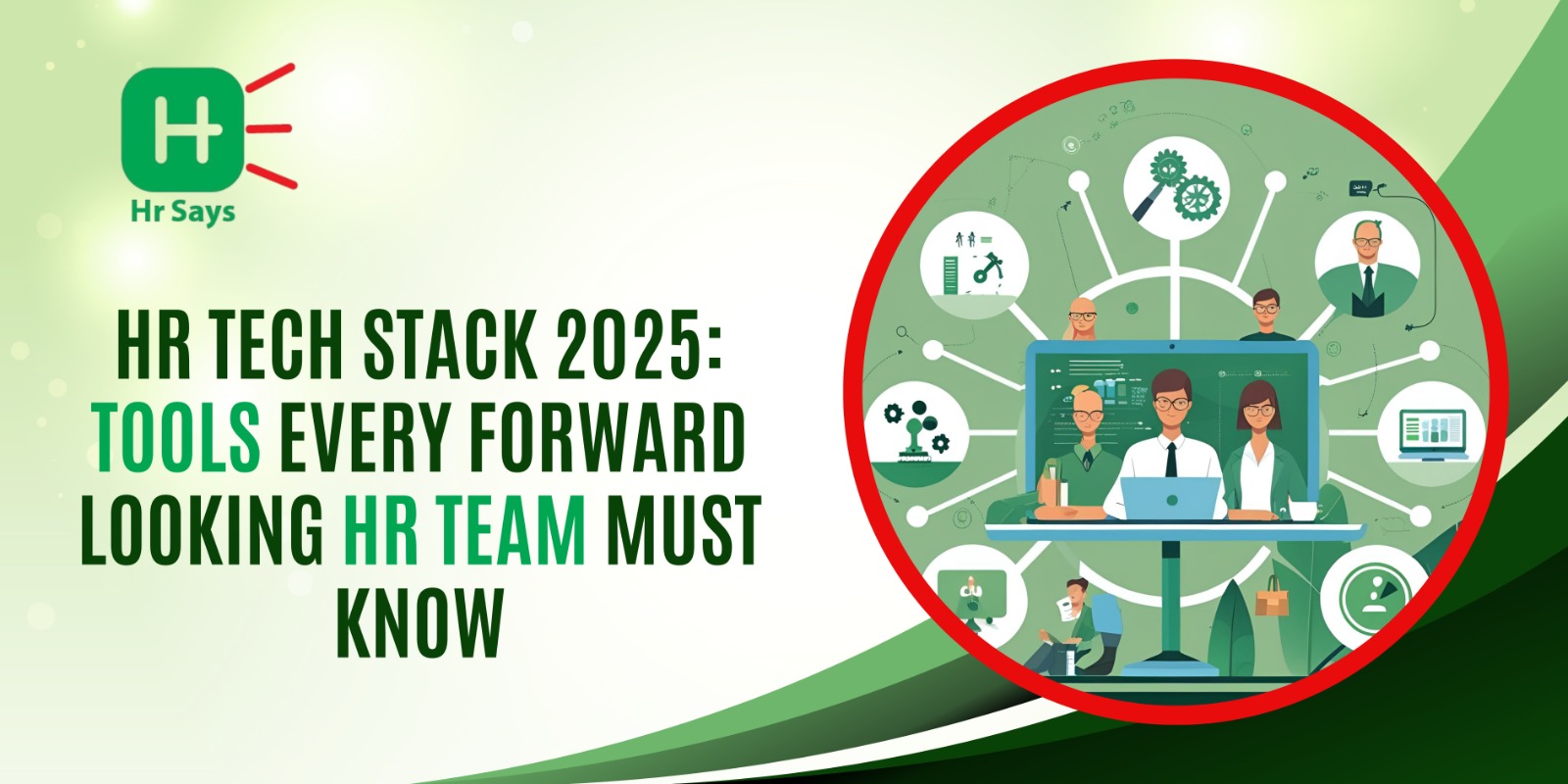Honestly, 2025 isn’t about traditional HR. The transitional period we are going through is silent, but it’s massive. Techs and tools that we thought or were considered optional are now very necessary. If you think HR is only about people, then, let me tell you it has changed wholly, fully, massively. It’s about people powered by data, automation, and strategic insights. Here's what’s reshaping the HR tech stack—and why forward-thinking teams are paying attention.
Recruitment Tools: AI Is the New Gatekeeper
Top talent is being filtered by machines before humans ever look—sounds very sci-fi, high-tech thingy but applying AI to the recruitment tool has been a great relief.
● Smart screening software is being widely used by most of the companies. Manual CV sorting? A thing of the past.
● Tools like HireVue and Pymetrics assess candidates through behavioural insights and AI-led video interviews. Dope, isn't it?
● Applicant Tracking Systems (ATS) such as Greenhouse and Lever are streamlining entire pipelines.
● Bias is being reduced. Objectivity is being engineered.
Onboarding: Automation with a Human Touch
As the function of HR department has increased in recent days, the tech support and incorporation of it has given amazing results.
● Tools like BambooHR and Gusto are great for a smooth onboarding experience.
● Welcome kits, paperwork, and orientation? All handled in clicks, not days.
● New hires are being integrated faster. First impressions are now tech-powered.
Clunky onboarding is costing culture. Automation is fixing it.
Employee Engagement: The Silent Retention Weapon
The boring “going in and out” of the office with no feedback is such a bummer.
● Pulse surveys via TINYpulse and Officevibe are revealing truths HR never had
access to before.
● Real-time feedback tools are giving employees a voice—and HR a radar.
● Gamified recognition systems like Bonusly are boosting morale in hybrid settings.
Perks are nice. Feeling heard? Better.
Performance Management: Data-Driven, Not Dreaded
● Annual reviews are being replaced. Continuous check-ins are being prioritized.
● Tools like 15Five, Lattice, and Workday are being favored for tracking OKRs and
goals.
● Team leaders are being empowered with dashboards, not spreadsheets.
● Employees want feedback. Now it’s being delivered—on time, not post-mortem.
What gets measured, gets improved.
People Analytics: Strategy in Numbers
● Predictive analytics is revealing patterns of attrition, burnout, and performance
drops.
● Tools like Visier and PeopleHum are turning raw data into talent strategies.
● Workforce planning is being driven by insight, not instinct.
Gut feeling can’t scale. Data can.
Learning & Development: Self-Driven, AI-Personalised
● Platforms like Degreed, Udemy Business, and Docebo are curating personalized
learning paths.
● Employees are choosing what to learn, when to learn, and how.
● Skill gaps are being identified and closed—automatically.
Upskilling isn’t optional. It’s survival.
Compliance & Payroll: No Room for Error
● Compliance risks are being mitigated using tools like ADP, Zenefits, and Rippling.
● Tax codes, local labor laws, benefits management—automated, tracked, and backed up.
Mistakes in payroll cost more than money. Trust is on the line.
Are there no Downsides?
You are not thinking it does not have any downsides, are you? Everything has its pro and cons. Even the smartest tech stack comes with downsides:
● Too many tools = tech fatigue. Employees switch between platforms all day. Productivity may drop.
● Over-reliance on data can dehumanize HR. Not everything can—or should—be measured.
● Costs add up. Licenses, integrations, and training aren't cheap. Startups may struggle to justify ROI.
● Privacy concerns are rising. Employees are being tracked more than ever. Trust can break if transparency isn’t maintained.
Adapt or Be Outpaced
2025 isn’t forgiving. The right HR tech stack is no longer a luxury. It’s a survival kit.

 Workforces are going remote. Teams are going global. Expectations are rising. Only those who invest in the right tools today will build workplaces that last tomorrow. So, incorporating tools has now become a “do or die” situation.
Workforces are going remote. Teams are going global. Expectations are rising. Only those who invest in the right tools today will build workplaces that last tomorrow. So, incorporating tools has now become a “do or die” situation.












.jpeg)
.jpeg)

.jpeg)

.jpeg)


.jpeg)

.jpeg)

.jpeg)


